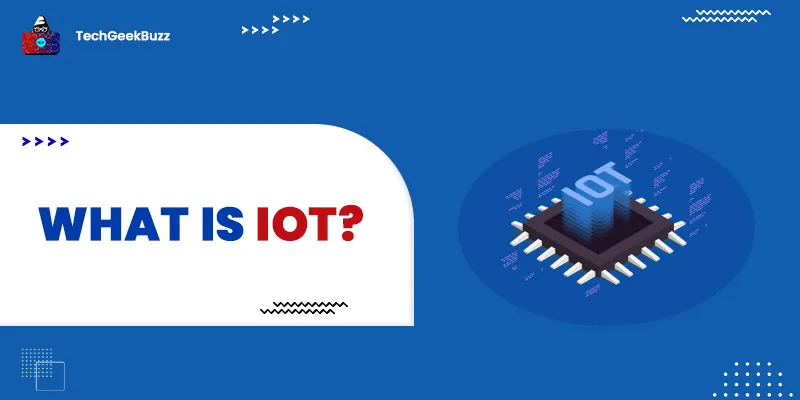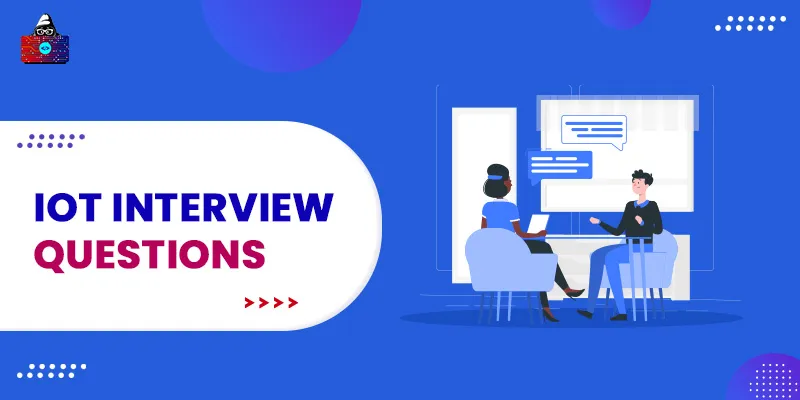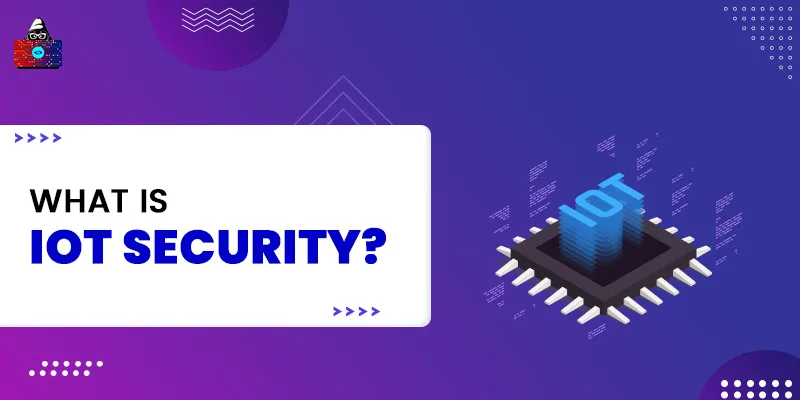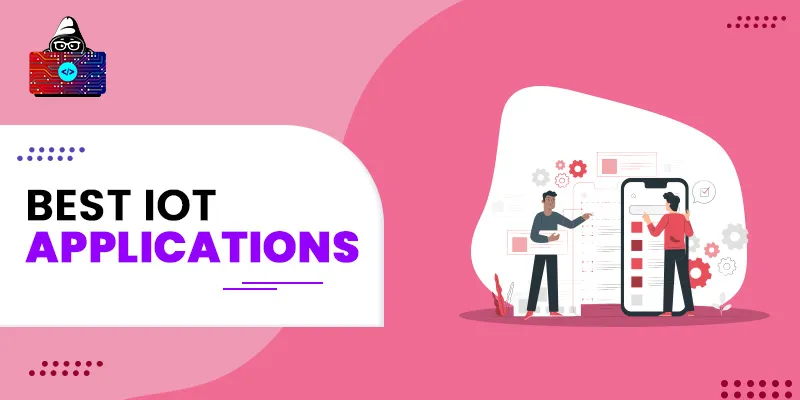Now it’s no longer conventional. Only Mobile devices and computers can access the internet. With the emerging technology, now every device is smart, and the first condition of being smart is they should know how to communicate and generate data. Do you know what IoT is?
This article will give you an understanding of IoT. IoT is an acronym for the Internet of Things. It is a revolution in which devices can communicate with each other without direct human interaction. Here in this article, we have mentioned what exactly IoT is and its future and usage.
What is IoT?
It stands for the Internet of Things. By its name itself, you can relate it with the internet, and it is related to the internet. If we look at the technical explanation of IoT, it says, “IoT is a system in which devices have their own Unique Identifiers (UIDs) and are connected to each other through the internet.
Here the interesting fact is all the devices could transfer data over a network without direct human interaction”. It may sound confusing how something can transfer data without human interaction, but when you use the IoT application, you understand the direct human approach is just extra work for IoT.
In our day-to-day life, we encounter many IoT applications, such as self-driving cars, smart house appliances, smartphones, sensor cameras, etc. All these digital devices can transfer and receive data.
Why IoT?
As we know, It is mostly about communication and data transfer, which can make devices smart. In this era, data is one of the most valuable assets for any company because it increases its profit by selecting the target audience. In our homes, we use many smart appliances such as smart tv, smart AC, and home assistance which make our life easier and more convenient all these are because of IoT.
Somewhere your home assistance ( Amazon Alexa , Google Assistance) is linked to the internet, and they are continuously generating data, and that data is money for the business. Right now, It is working on a small scale in many countries and is limited to some applications. But, many developed countries, like Japan, the UK, and the USA, use IoT on a very large scale. One of its examples is Smart City, a complete city that is linked to the Internet.
The future of IoT is very bright, and technology such as automation and machine learning are just boosting it. Now, IoT is more than a concept. It has large industry support because it holds a lot of potential. Moreover, as the future is all about more and more communication and data, IoT will play a significant role in it.
Working of IoT
It has a specific architecture that it follows to perform all the tasks. It is a technology that leverages various devices to collect data and interpret it to perform suitable tasks. However, the interpretation of data is done somewhere else. It follows four steps to perform its task; these steps include:
- Sensor or Actuator to collect data: All IoT devices contain sensors or actuators, so they can collect data without any human intervention.
- Data Acquisition: Once the data is collected by the device, it gets converted into a signal so it can be transferred for further interpretation and analysis.
- Edge Analytics: When data is converted into digital form before it transfers to the main center, it gets checked by Edge analytics.
- Cloud Analytics: At last, data is collected by the Cloud. And all the useful information is extracted from the data.
Applications of IoT
It has numerous applications. Companies leverage this technology to create new solutions to automate and simplify their processes. Here are some of the most renowned and life-changing applications of the IoT.
- IoT wearable gadgets such as smartwatches.
- Smart home appliances
- Smart City
- Amazon Go, a smart shop
- Smart Grids
- Smart Farming
Advantages & Disadvantages
It provides a lot of features that are making human lives so convenient than ever before. However, along with some notable advantages, it has disadvantages too.
Advantages
- It is very efficient
- Helps us to get more information
- With its help, we can communicate with other devices
- Give us wireless connectivity and help to automate the devices
Disadvantages
- Over-dependence on technology can affect social life
- Compromising the privacy
- The decrement in human resource employment.
Conclusion
The Internet of Things is helping people to live smart and better life. Also, It has become a buzzword in this modern era. From homes to businesses, we can see the applications of IoT in several areas. Today, a large number of companies and organizations are inclining towards IoT to automate their business processes to achieve higher efficiency and productivity.
People are also reading:




